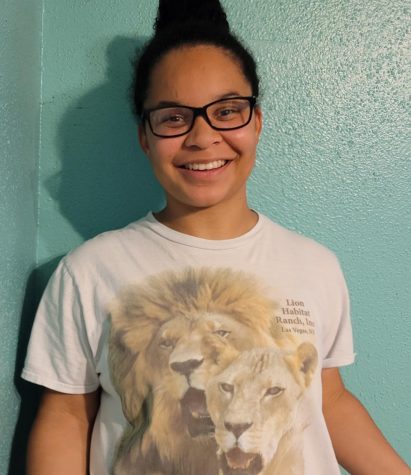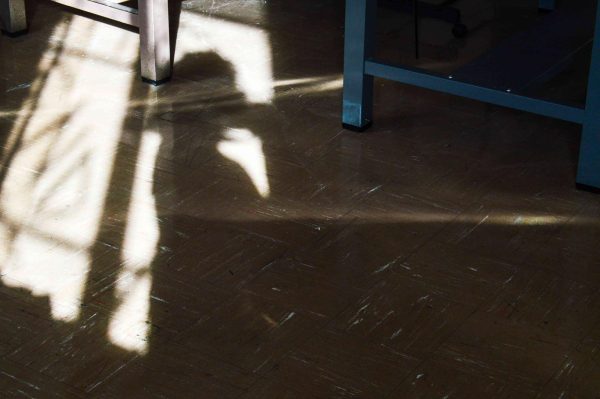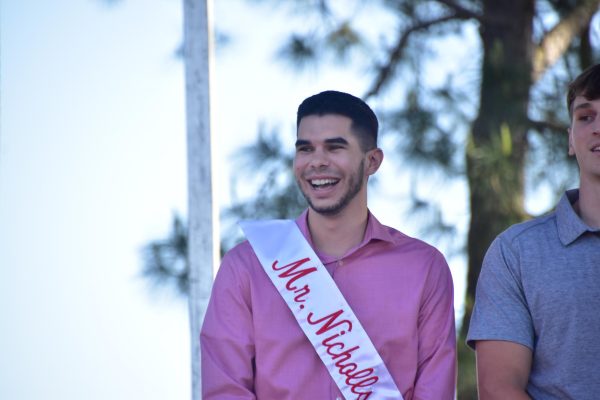History of Thanksgiving

Thanksgiving is an annual holiday in the United States. This year, Thanksgiving is on Thursday, Nov. 25. Families usually celebrate by coming together by giving thanks over a delicious feast.
According to History.com, one of the first Thanksgiving celebrations in the colonies took place in 1621 with the Plymouth colonists and the Wampanoag tribe sharing an autumn harvest feast. In 1863, in the middle of the Civil War, President Abraham Lincoln announced that Thanksgiving would be held every November.
In Sep. 1620, the Mayflower ship left Plymouth with passengers of different religions seeking a new home where they could practice their faith. Other passengers were tempted by the promise of prosperity and land ownership. After 66 days of travel, they docked in Cape Cod, further north than their intended destination which was the Hudson River.
A month later, the Mayflower traveled across Massachusetts Bay, where the Pilgrims began forming a village at Plymouth. Many of the passengers stayed aboard the ship where they caught contagious diseases. Only half of the passengers and crew lived to see their first New England spring.
In March, they moved shorewards where they met a member of the Abenaki tribe who spoke in English. Days later, he returned with Squanto, a member of the Pawtuxet tribe who was kidnapped by an English Sea captain and sold into slavery. Eventually, he escaped to London and returned home. He taught the Pilgrims how to plow corn, remove sap from maple trees, catch fish and steer clear of poisonous plants. He helped them form a union with the Wampanoag tribe which lasted for more than 50 years.
In Nov. 1621, the Pilgrims first corn harvest was successful. Gov. William Bradford arranged a feast to celebrate; he invited a group from the fledgling colonies, Native American allies and the Wampanoag Chief Massasoit. Today, this is known as the American’s first Thanksgiving which lasted three days. The food did not have pie, cake or any other dessert because there was no oven.
The second Thanksgiving was held in 1623 to mark the end of a drought during that year’s harvest. In 1789, George Washington presented the first Thanksgiving ruling by the national government in which Americans expressed thanks for the joyous ending of the Revolutionary War and the approval of the Constitution.
In 1817, New York became one of the first states to ratify an annual Thanksgiving with each state celebrating the holiday on a different day. In 1827, Sarah Joseph Hale, magazine editor and prolific writer, launched a campaign to make Thanksgiving a national holiday. Her nickname was “Mother of Thanksgiving” because for 36 years, she published editorials and sent letters to governors, senators, politicians and presidents.
In 1863, Abraham Lincoln granted her request with Thanksgiving being on the last Thursday of Nov.; this was celebrated on that day until 1939, when President Franklin D. Roosevelt moved it up a week in an attempt to motivate retail sales during The Great Depression. Many people did not like this, and it was known as “Franksgiving.” This made President Roosevelt sign a bill making Thanksgiving the fourth Thursday in November.
Today, we still celebrate Thanksgiving on the fourth Thursday of November, however, we have desserts as well as food that decorate our tables ready to be devoured.

I am a senior Public Relations major. I am from Westwego, Louisiana. I enjoy spending time with my dog and traveling. A weird fun fact about me is that...












